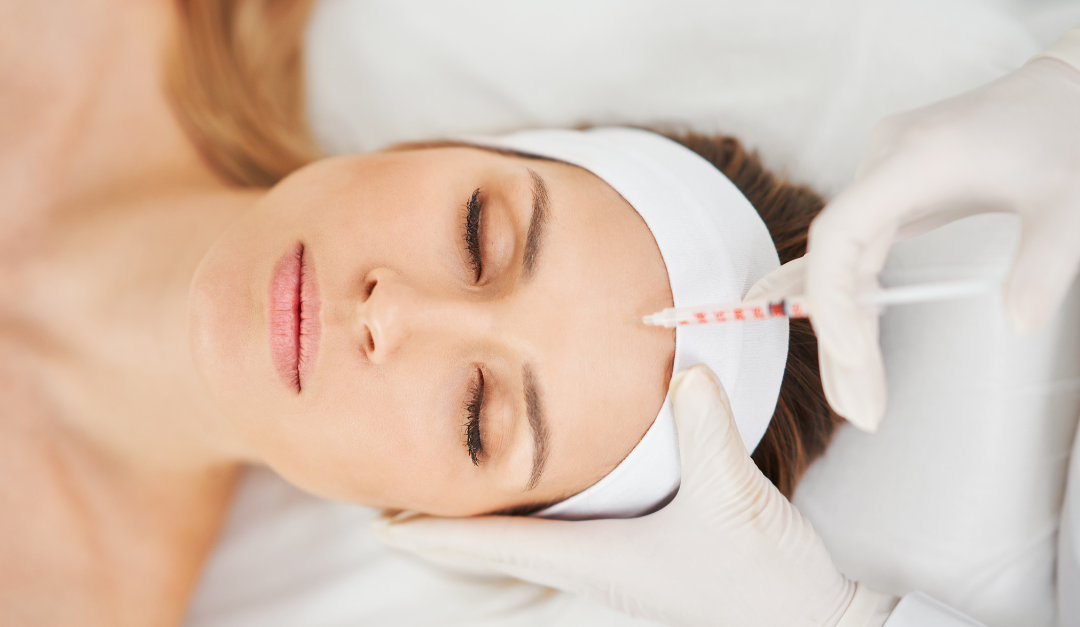The rising issue of counterfeit Botox has become a significant public health concern across several states in the U.S., leading to serious health repercussions and legal ramifications for those involved in the administration of these unverified and illegal products. The incidents have highlighted the dangers associated with cosmetic treatments performed outside of regulated medical environments.
What is counterfeit Botox, and how can counterfeit Botox be identified?
Counterfeit Botox refers to products that mimic genuine Botox but have not been approved by regulatory authorities such as the U.S. Food and Drug Administration (FDA). These products are often manufactured without compliance with safety regulations, leading to potentially dangerous health risks. They may contain incorrect dosages, impurities, or even toxic substances that can result in severe medical complications.
Both consumers and healthcare providers must know how to identify counterfeit Botox to avoid potential harm. Authentic Botox is precisely manufactured, and its packaging is labeled with specific information. Counterfeit products, however, may feature incorrect lot numbers, inaccurate dosage information, and labeling discrepancies. The FDA has highlighted particular markers, such as lot number “C3709C3” and incorrect active ingredient listings, as red flags.
The FDA has issued warnings regarding the circulation of counterfeit Botox across several states. These fake products have been associated with severe health risks, including symptoms akin to botulism, such as blurred vision, muscle weakness, and difficulty swallowing. Cases have been reported in Colorado, Florida, Illinois, Kentucky, Nebraska, New Jersey, New York, Tennessee, and Washington, with some requiring hospitalization.
Health Risks of Counterfeit Botox
The U.S. Food and Drug Administration (FDA) and the Centers for Disease Control and Prevention (CDC) are actively investigating reports of adverse reactions due to counterfeit or mishandled botulinum toxin injections. Some of the significant health risks:
- Botulism: One of the most severe risks of using counterfeit Botox is botulism, a potentially life-threatening illness caused by toxins produced by the Clostridium botulinum bacteria. The symptoms of botulism can include muscle weakness, paralysis, difficulty breathing, and even death if not treated promptly and effectively. Botulism from counterfeit Botox arises because the toxin in unregulated products may not be purified correctly or might be administered in incorrect dosages.
- Allergic Reactions and Anaphylaxis: Counterfeit products may contain unknown substances that can trigger severe allergic reactions. Patients might experience symptoms ranging from rash, itching, and swelling to anaphylaxis, a severe reaction that can be life-threatening and requires immediate medical intervention.
- Infection: Improperly handled or contaminated Botox can lead to infections at the injection site. These infections can be localized, causing pain and swelling, or systemic, spreading throughout the body and leading to more severe health issues.
- Absence of Effectiveness: Counterfeit Botox may also simply not work, leading to a lack of the desired aesthetic effects. This can prompt additional unnecessary treatments, increasing the risk of exposure to adverse reactions.
- Neurological Problems: Given that Botox works by affecting nerve activity, improperly formatted or contaminated Botox can cause unintended neurological symptoms such as headaches, dizziness, and numbness.
- Long-term Complications: The long-term effects of counterfeit Botox are not well studied, and there may be additional risks associated with prolonged exposure to unregulated botulinum toxin products. These could include chronic pain, long-term muscle weakness, or other neurological impairments.
Legal Consequences for Practitioners
The use of counterfeit Botox can embroil a medical practice in legal trouble with severe implications:
- DEA and FDA Investigations: Since Botox contains botulinum toxin, the Drug Enforcement Administration (DEA) and the Food and Drug Administration (FDA) can get involved if counterfeit products are used. These agencies ensure that practitioners adhere to strict standards regarding the handling and distribution of controlled substances. Violations can lead to comprehensive investigations.
- License Suspension or Revocation: Medical boards have the authority to suspend or revoke the licenses of healthcare providers who fail to comply with medical standards. This includes using non-FDA-approved substances such as counterfeit Botox. Such disciplinary actions are recorded and can severely damage a professional’s career and reputation.
- Criminal Charges: Providers might face criminal charges, including charges related to the distribution of counterfeit and unapproved drugs. These can lead to prosecutions under federal law, particularly if there is evidence of fraud or endangering public health.
- Civil Lawsuits: It’s crucial to verify that the product is FDA-approved and to check the credentials of the healthcare provider administering the treatment. For healthcare professionals, it’s essential to source Botox only from Allergan. Patients may file civil lawsuits against practitioners for counterfeit products.
The alarming spread of counterfeit Botox reminds us of the need for vigilance in the cosmetic treatment industry. Verifying the authenticity of products and providers’ credentials is not just a matter of regulatory compliance but is also a fundamental aspect of patient safety and public health.
The rise in counterfeit Botox is a public health concern that carries significant legal implications for healthcare providers. By adhering to FDA guidelines and ensuring all products and practices comply with healthcare regulations, medical professionals can protect their patients and their practice from the risks associated with counterfeit products.


